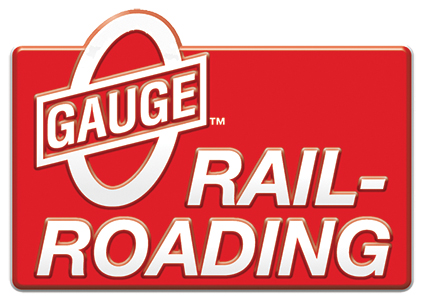I liked NJCJOE's design for an adjustable test track so much that I (ahem, ahem) "copied" his idea (the sincerest form of flattery), using Fastrack.
It is a two-part design with a fixed base and a sliding section, so that it is adjustable for different length steam engines (it will also accommodate diesels up to 20" length) and built so that when the engine, itself, is on rollers, the tender is even with the rear of the engine so that it can be connected via the drawbar to the engine and also fully powered for testing. Both sections have an LED that lights up when power is turned on (used a 2.2K 1/4 watt resistor and a common diode to protect against reverse voltage).
I ripped the width of the fixed base so there was a 1/4" gap on each side of the Fastrack and added a block of the appropriate height at the front end for the front pilot wheels to rest on. I drilled sideways through the fixed base and ran wires from the binding posts to the underside of the Fastrack for power and soldered all connections. The binding posts are epoxied in place.
I then ripped the slider top to the exact width of the base and mounted 1/4" stock vertically on each side of the slider top and secured them with construction adhesive and a brad nailer. The 1/4" stock fits perfectly in the 1/4" space on each side of the FT. That way, the slider can slide back and forth along the base to accommodate different size engines. I then cut small tabs from the left over 1/4" stock and glued and screwed them onto the sides of the slider to help keep it in place and prevent it from wobbling off the fixed base as it moves forward and backward on the base when in use. I stained and poly'd all the wood pieces so that the slider glides smoothly up and down the base.
For the slider to get power for the tender, I drilled the underside of the FT up into the middle of a center and an outside rail on the FT that is mounted to the top part of the slider. I transferred the location of the holes onto the wood slider top and drilled through it to match up with the holes in the bottom of the FT. I then ran screws of the proper width and length up through the bottom of the slider top and into the rails so that they grab the rails from underneath and stick out just enough from the underside of the wood slider top, so that the screw heads touch the center and an outside rail of the FT mounted on the fixed base and transfer power to the slider.
About the only issue is that one needs access to a table saw to rip the wood to the right size. It's too cold around Boston to use my full size table saw outside, but I have a small Rockwell portable table saw (basically a jig saw mounted upside-down in a table base) that worked fine.
As you can see from the pic's, it will accommodate a small 2-6-0 Mogul to a 30" LC+2.0 Big Boy and everything in between.
Works great - thanks again to NJCJOE for the design and inspiration.


















